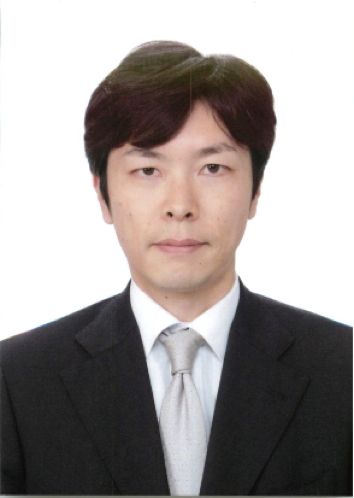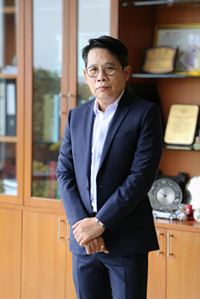
Prof. Yasuhiro
Morisaki
Kwansei Gakuin University, Japan
Yasuhiro Morisaki is Professor at Kwansei Gakuin University. He graduated from Kyoto University in 1995, and then, he received Ph.D. from Kyoto University in 2000. After a six-month postdoctoral stay at Osaka National Research Institute (currently called as National Institute of Advanced Industrial Science and Technology (AIST) Kansai), he became Assistant Professor at Kyoto University in 2000. From 2004 to 2005, he carried out postdoctoral work at the University of Alberta. He became lecturer at Kyoto University in 2008 and full Professor at Kwansei Gakuin University in 2015. His research interests focus on polymer and organic synthesis, in particular, synthesis of functional molecules based on planar chiral cyclophane for opto-electronic materials.

Prof. Anja Pfennig
HTW-Berlin University of
Applied Sciences, Germany
Prof. Anja Pfennig was born in Büdelsdorf, Germany in 1970. She studied Minerology at the Rheinische Friedrich Wilhelms University Bonn, Germany, where she graduated in 1997. Her Ph.-D. in the field of ceramic moulds for liquid metal casting was earned in 2001 from the Friedrich Alexander University of Erlangen, Germany. She then worked for Siemens Energy in charge of ceramic shields for stationary gas turbines and transferred to Berlin in 2008 where she conducted scientific research on the oxidation of high temperature materials and corrosion behavior of steels used in Carbon Capture Techniques. 2009 she became full professor at the Applied University Berlin, HTW where she currently teaches material science for engineering students. Anja Pfennigs research interest and expertise is in the field of corrosion fatigue of materials at high temperature and high pressure simulating geothermal environments.

Prof. Vissanu Meeyoo
Mahanakorn University of Technology, Thailand
Prof. Vissanu
is a distinguished academic leader and innovator
with over 20 years of expertise in materials
science, focusing on catalytic processes,
renewable energy, and membrane technology. He
holds a Ph.D. in Chemical Engineering from the
University of New South Wales, Australia (1997),
where he initially researched catalytic
processes for odor control.
His research portfolio has since expanded to
include advanced air pollution control
technologies, sustainable hydrogen production,
and biogas upgrading, contributing to critical
solutions in environmental sustainability.
“He is renowned for his interdisciplinary
approach, integrating chemical engineering with
sustainable materials science to push forward
innovative technologies in environmental and
energy sectors.His work not only bridges
academic and industrial applications but also
addresses key challenges in sustainability and
green energy.”